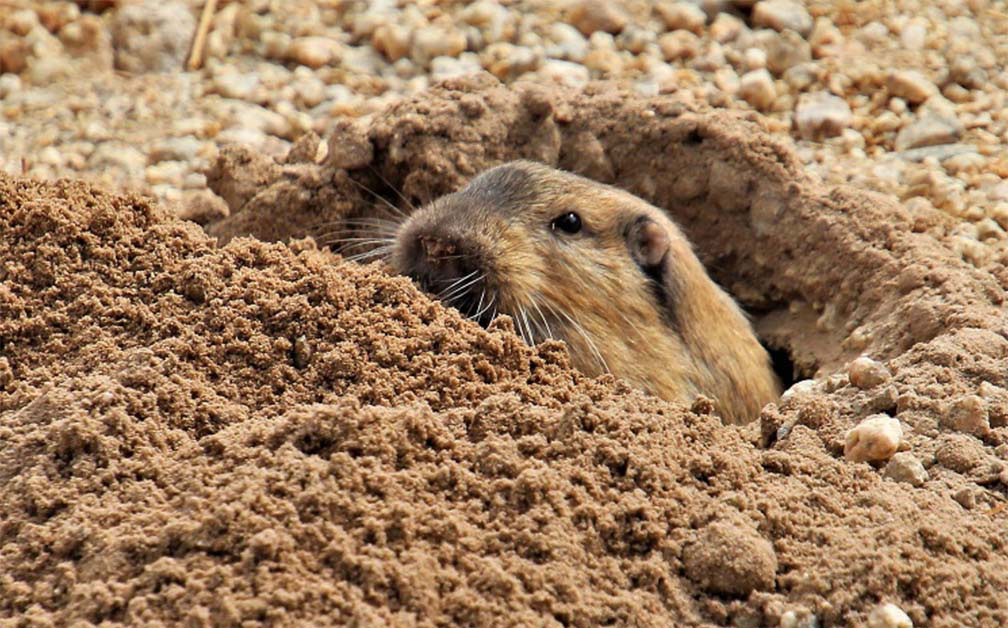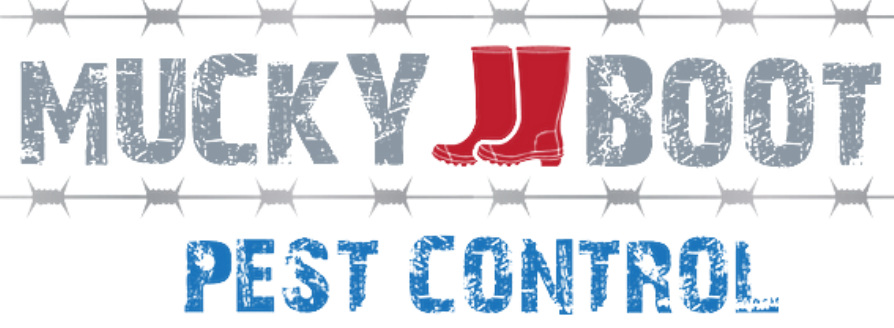
The Environmental Impact of Pocket Gophers
Pocket gophers are small rodents who get their name from the fur-lined, external cheek pouches or pockets they carry food. These animals play a crucial role in the ecosystem by aerating the soil, dispersing seeds, and providing food for predators. In this blog post, we will closely examine pocket gophers, including their habitat, diet, behavior, and environmental impact.
Utah has two species of pocket gophers:
A Northern Pocket Gopher which is found more along the Wasatch back, out through the Unitas, and over into Colorado and Wyoming.
A Botta’s Pocket Gopher is found around most of the Great Basin area west and south of the Great Salt Lake. They are heavily distributed throughout Salt Lake and Utah counties. There are actually 20 subspecies of the Botta’s pocket gopher found throughout Utah.
Habitat
Pocket gophers are native to North and Central America, with the highest concentration of species found in the western region of the United States. They inhabit many habitats, from grasslands and deserts to forests and wetlands. These creatures of mass destruction are most known for their elaborate tunnel systems, which can wreak havoc around your yard in just hours causing damage to lawns, trees, shrubs, and flowers. Pocket Gophers are active year-round and don’t actually hibernate. If left untreated, you can quickly go from one fan-shaped mound to 20 within a few days. Just one gopher can have a burrow system covering up to 5000 sqft. The tunnel system consists of a tunnel that is roughly 6-8 inches below the surface which is primarily used for finding goods and a lower tunnel system that can be as deep as 5-6 feet, which is where their central nest, food cache, and latrine may be located with other tunnels that connect the two systems. Everything the gopher needs to survive is situated in this complex tunnel network.
Diet
Pocket gophers are herbivores, feeding mainly on plants’ roots, bulbs, and tubers. They have large incisors and powerful jaws that allow them to dig through soil and gnaw through rigid plant material. Gophers consume vast quantities of vegetation, up to several times their body weight, and can significantly impact the local plant community. They prefer to eat underground and will pull plants and roots down into their burrows, where they are safe from predators, and other environmental factors. Pocket gophers are known to feed on a wide range of plant species, including grasses, forbs, shrubs, and trees.
Behavior
Unlike other rodents, such as mice and rats, which live in communal social groups, pocket gophers are happy to live in solace. Pocket gophers are active throughout the year but are most active in the spring and fall. They are solitary animals, except during the breeding season, and spend most of their time underground. Gophers have very poor eyesight but a highly developed sense of touch, smell, and hearing, which they use to navigate through their burrows and detect potential predators. They are territorial animals and will aggressively defend their burrow system against other gophers and intruders. Pocket gophers are also known for their distinctive behavior called “soil throwing,” in which they push soil out of their burrows with their powerful hind legs. This behavior creates mounds of soil, which are often visible above ground.
Impact
Pocket gophers significantly impact their environment, both positively and negatively. On the one hand, their burrow systems and soil disturbance can improve soil structure and nutrient availability, benefiting other plant and animal species. Their digging also helps to aerate the soil and promote better drainage. On the other hand, gophers can cause damage to crops, gardens, and other vegetation by consuming plants or building burrows. Their soil mounds can also ruin the aesthetics of landscapes and interfere with mowing or other activities. Invasive pocket gopher species can also outcompete native species, leading to a decline in biodiversity.
In conclusion, pocket gophers are fascinating and essential creatures that play a critical role in our ecosystem. Their burrow systems and feeding habits directly impact the soil structure, vegetation growth, and water retention in their habitat. While they can sometimes cause damage to crops or gardens, their benefits generally outweigh these negatives. By better understanding these animals, we can appreciate and protect their unique role in our environment.
If you are having issues with pocket gophers around your yard, call Mucky Boot Pest Control! We are here to help you regain control of your yard so you don’t have to worry about going all Caddy Shack on them by yourself, and we offer poison-free control options to ensure your family and pets are always safe.

